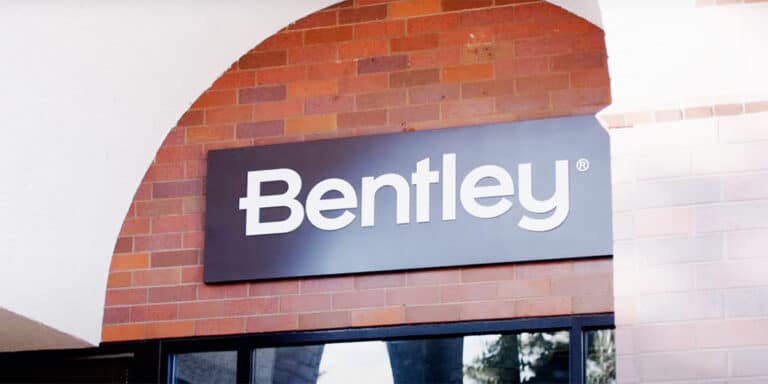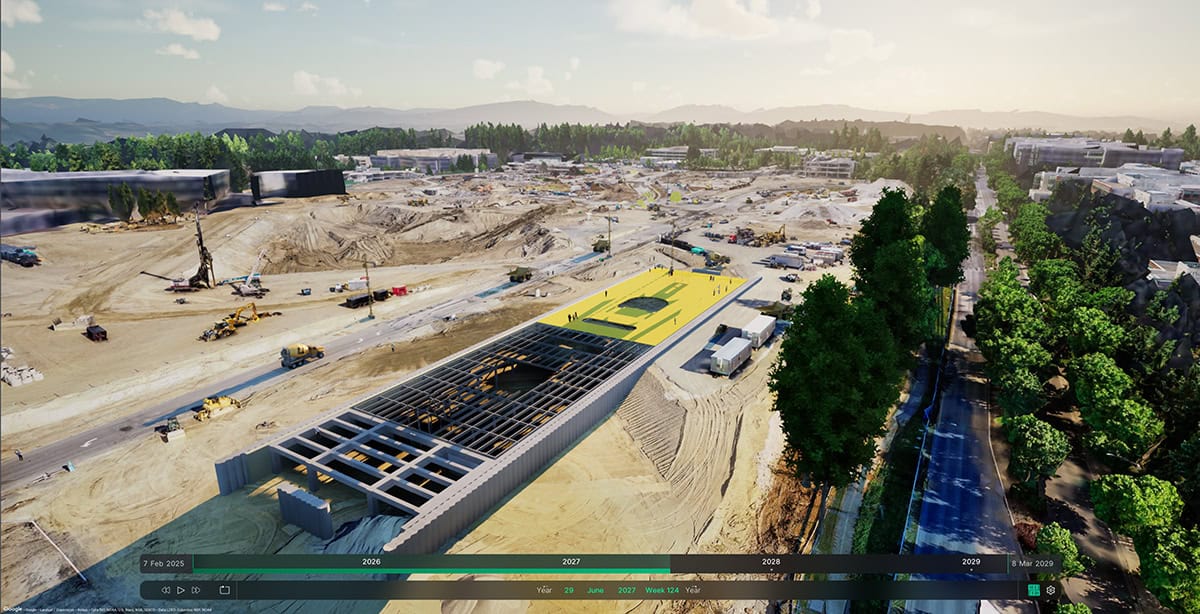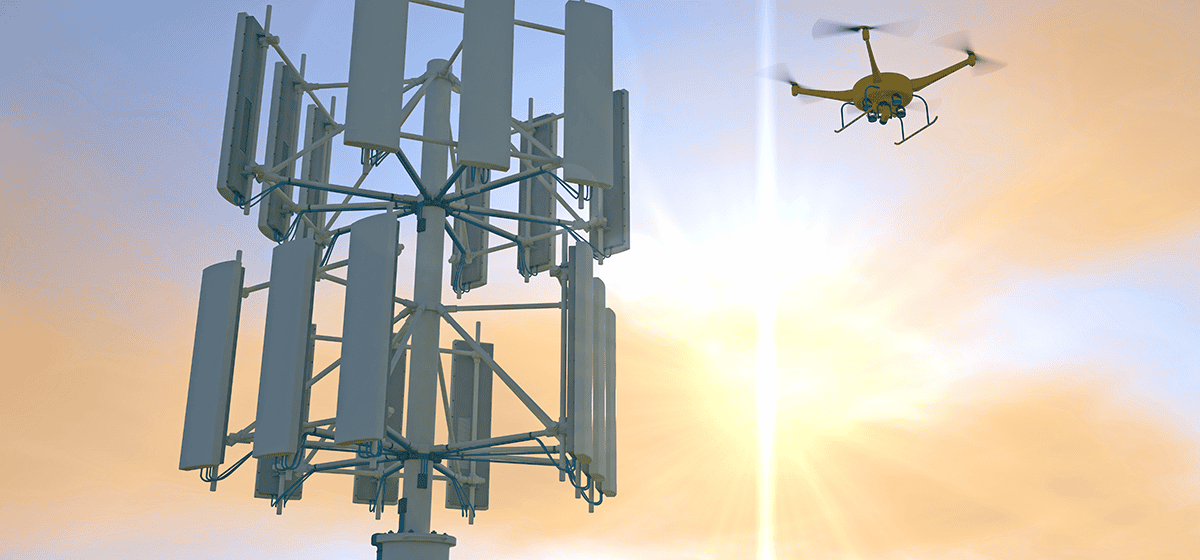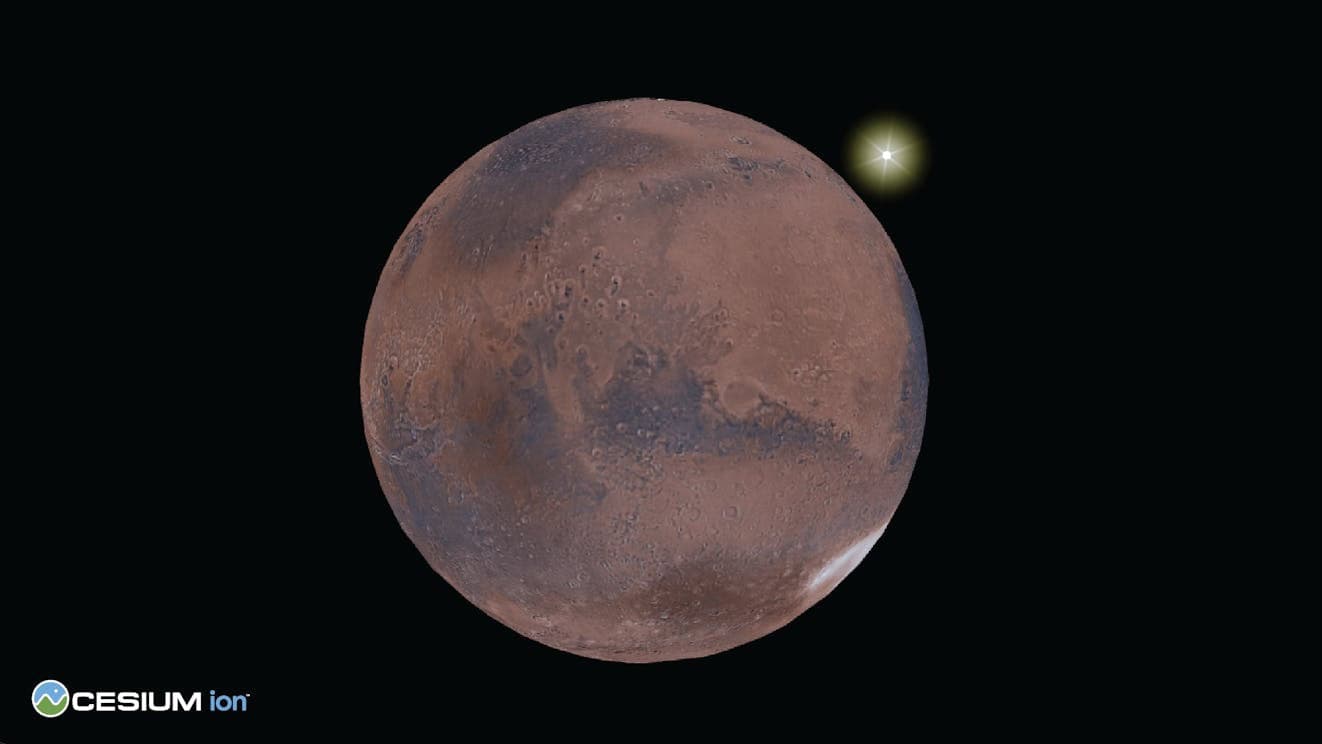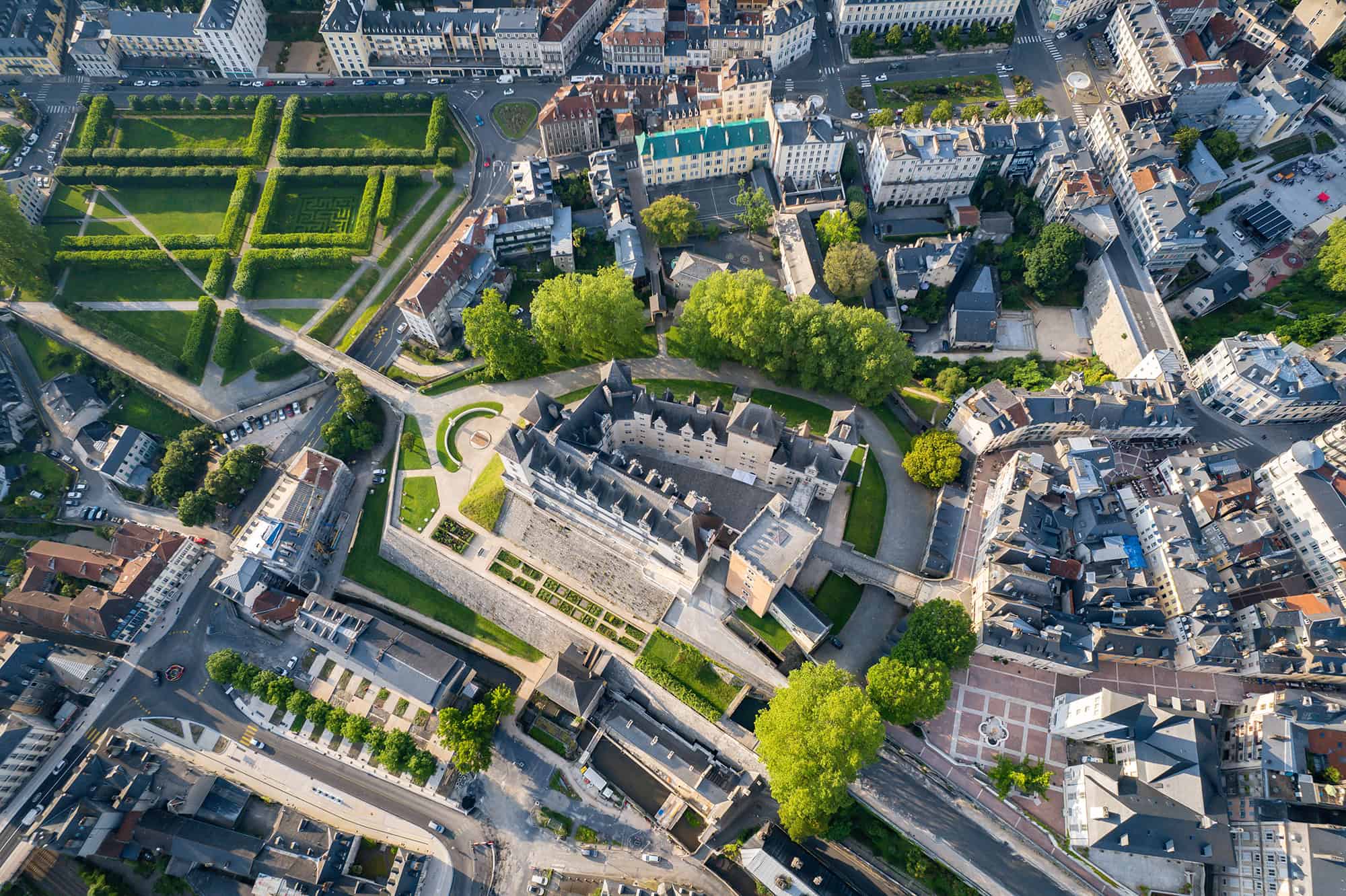The question ‘Does the world have more wheels or doors?’ has led to more lively debate and banter than many topics recently.
The ‘wheels’ advocates claim gears, cogs, and toy cars. The ‘doors’ advocates cite houses, office blocks, and that most cars have four wheels but five doors. Whatever camp you are in, two things are certain: this topic will derail your next dinner party and, it all comes down to how you define things.
So it is with the metaverse. One perspective defines it as entering the digital world for a virtual experience (gamers have been doing this for decades). Another is that the digital world is becoming part of our human experience, as contextual computing allows interactions that include our touch, voice, gestures, and eye movements, to elicit a range of human responses and emotions.
Both are right of course. The metaverse is a two-way interaction between the natural world and the digital world in a way that is inextricably linked to the human experience.
The metaverse as a teleporter and a time machine
The application of the metaverse to infrastructure is a logical progression for Bentley and our digital twin technology. Digital twins are founded on rich engineering BIM data and multiple information sources from the natural world, like ground models and environmental data, to create a realistic, digital representation of a complex infrastructure project. And with IoT, the digital twin is continuously updated with information from the physical world, including real-time telemetry of machines, people, and materials – at any stage of the project lifecycle.
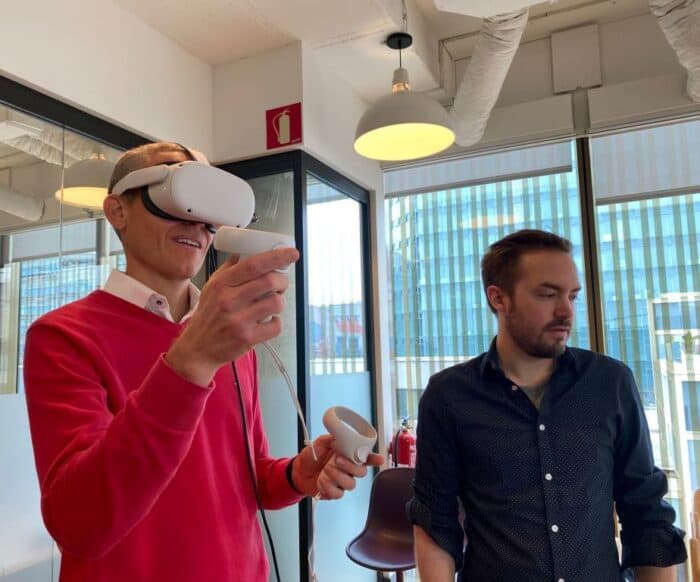 The metaverse allows stakeholders to be teleported inside of the projects digital twin to collaborate on key decisions.
The metaverse allows stakeholders to be teleported inside of the projects digital twin to collaborate on key decisions.But here is where the metaverse is next level: we can teleport you inside that project. Not just you – now you can invite engineers and the construction supervisor to join in a virtual walkthrough to troubleshoot issues and make key decisions.
And being in a virtual time machine, the metaverse lets you jump forward to see the consequences of some of those decisions on the project’s long-term operation, maintenance, and carbon footprint. And like a scene from Back to the Future, you can return and make better decisions with a sustainable infrastructure focus. You could even jump backwards in the metaverse to see how the project ‘was’ and what lessons we can learn and apply to contemporary projects.
With the metaverse becoming part of our human experience, it could soon be part of our everyday activities. Whether you are doing maintenance of an electrical sub-station, fixing your electric bike, buying products in the store, or visiting a museum, you will interact with data in totally new ways with gestures and voice, rather than picks-and-clicks.
Metaverse requirements and challenges
In the entertainment world, full immersion into a virtual world does not require that the digital buildings, bridges, or tunnels comply with the laws of physics. In applying the metaverse to infrastructure, physics does apply, as does engineering-grade precision for geospatial data. And unlike gaming decisions, infrastructure decisions are high consequence, so must be founded on accurate, real-time models.
The challenge here is that the computational power, and associated energy needed to realize the metaverse in the cloud, are orders of magnitude higher than they are for gaming. We need to render engineering-grade 3D models and provide high end graphics to give the viewer a natural experience. As my colleague, Bentley VP of Engineering Collaboration, Lori Hufford describes “For Bentley, sustainable infrastructure decisions are at the heart of what we do. This starts at the design and code-writing stage, as we create software designed to be computationally efficient”.
The need for open collaboration
Much like the internet discussions in the early 1980s, today we are not sure exactly where the metaverse development path will take us. What is clear is that the benefits of metaverse will only be fully realized with effective, open collaboration of a global network of partners that include specialists in gaming engines, AR, VR, IoT, AI, ML, mixed reality, 4D animations, graphics processing, computational power, and subject matter experts in the disciplines to which the metaverse is applied. As Lori Hufford stated recently, “Bentley is a fully engaged partner in this global initiative and proudly leading its application to infrastructure”.
The metaphor used in gaming to describe open collaboration is that a gamer might wish to take a game asset (like a sword) into another game, on a different platform, made by different designers. The metaverse’s designers and developers, will need to openly collaborate and plan for almost everything being interoperable so that assets are easily transferrable between products or platforms without loss of fidelity or function.
Users will also require that their interface of choice can be used concurrently with their colleagues who have a different preference. Collaboration will take place across a range of devices that work in tandem. One user may be on VR headset, another on a screen, someone using a web browser, and another with a mixed reality headset – all of which leads to highly effective collaboration via ‘game play’ to solve challenging infrastructure problems in real time.
A real world metaverse case study: ITER
Here is how some leading organizations are using infrastructure digital twins and the metaverse today.
The ITER project, based in France involves some 35 countries collaborating to build a large-scale electricity generation facility based upon the same principle that powers our Sun and stars – nuclear fusion. When completed, this facility seeks to prove the feasibility of fusion as a utility-scale, carbon-free source of energy.
The facility requires construction of the world’s largest magnetic fusion device, called a tokamak. This device is assembled by one of the largest overhead cranes in the world, load tested at 1500-tonnes, equivalent to a fully laden 747. Lifting the tokamak into place is a key part of an enormous design, construction project involving complex engineering models and millions of parts.
Brigantium Engineering worked with Bentley to demo an approach to the ITER team that involved virtually teleporting people into the digital twin so that they could experience it. The team at ITER responded favorably and the resulting solutions use multiple platforms, starting with SYNCHRO 4D and coupling iTwin, LumenRT, NVIDIA Omniverse, Unreal Engine for Oculus, and Azure Remote Rendering for HoloLens2. This combination allows engineering-grade, millimeter-accurate digital content to be visualized with physically accurate lighting and environmental effects on multiple devices and form factors such as web browsers, workstations, tablets, and virtual reality and augmented reality headsets from anywhere in the world.
Critical here is the realism. It’s the first time the client has been able to be ‘inside’ the model for a truly immersive experience.
Engineering-grade, millimeter-accurate visualization of the Tokamak device that will contain the nuclear fusion reaction at the ITER facility being built by a consortium of 35 nations in the south of France. The 4D visualization was created with LumenRT and NVIDIA Omniverse and powered by the Bentley iTwin platform. Video courtesy of ITER.
The human experience of the metaverse in infrastructure
It is inevitable that the conversations about the metaverse being applied to infrastructure become somewhat engineering or technically focused. What excites me is that the metaverse is a completely new medium for delivering a message and changing the conversation as the application of technology advances the human experience.
Those immersed are not merely seeing their future project. They will be excited being in something before it is built, and throughout its entire lifecycle. They are empowered to collaborate and give effect to long-term decisions. They are reassured that the virtual world can mitigate risks in the natural world throughout its entire lifecycle.
The metaverse is an extraordinary evolution of our digital twin technology that forms deep human connections. Far deeper than a chat about wheels and doors.



